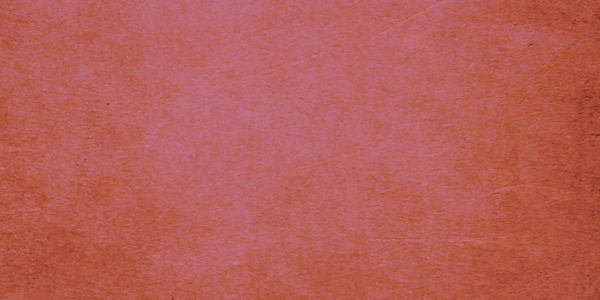Picasso
Picasso learned sculpture techniques at an early age off his circle of sculptor friends, such as Francisco “Paco” Durrio de Madrón, and embraced them while creating new forms of expression. He kept his sculptures a hidden secret until his 85th Birthday. His sculptures are among the most thought-changing artworks of the modern period.
His first sculpture dates back to 1901 which was made using bronze and called the ‘Seated Woman.’ This sculpture was inspired by Rodin’s realistic plastic art and the concept of the sculptures being more emotionally connected to the ‘blue’ period in art. As an artist, he introduced cubism into his sculptures, in particular the ‘Women’s Head’ sculpture. In the 1920’s and through his lifetime, Picasso experimented with a wide range of materials such as wire, wood, metal and plaster either alone or combined to make scultputres. His scultpures were mainly of heads but he kept the same surrealism style within his paintings for these sculptures by joining smaller parts together instead of the traditional style of removing elements away from the material.
Christo & Jean-Claude
Christo and Jean-Claude were environmental sculptors who are best known for outdoor sculptors that involved monumental displays of fabrics and plastics. Christo attended the fine arts academy in Bulgaria during the Hungarian Revolution so he fled to Vienna and moved to Paris full time to display his work as a Portrait Artist. He then met Jean Claude and married her. She was later described as Christo’s Publicist and business manager. They relocated to New York, where their art was seen as a form of Arte Povera, an Italian art movement that challenged conventional art elitism through experiments with everyday materials.
Christo’s earliest sculptures were made from cans and bottles or were wrapped in plastic, paper or fabric. They created many sculptures such as ‘Valley Curtain’ and ‘Pont Neuf’ and many others. ‘The Gates’ was unveiled in 2005 for 16 days and attracted around four million visitors from around the world. It stretched across 23 miles of walkway in Central Park, the work featured 7,503 steel gates that were 16 feet (5 metres) high and decorated with saffron-coloured cloth panels.
The huge outdoors sculptures were temporary and involved hundreds of assistants in their construction. Time was needed for the planning and construction, a permit was needed and environmental impact was often considered which resulted in each sculpture taking decades to complete. I really like Christo’s sculptures as they highlight the beauty of natural landscapes or buildings that people often ignore by becoming so used to seeing it. I like the vibrant colours Christo’s sculptures have and i think they would brighten an area up for onlookers.
Anthony Gormley
Antony Gormley is British sculptor who is best known for his exploration about the human body’s relationship to space. He attended Trinity College, Cambridge in 1968 where he met the artists Barry Flanagan and Michael-Craig Martin. The purpose of his oputdoor sculptures of the human body was to get onlookers to confront fundamental questions of where human beings stand in relation to nature and the cosmos One of Gormley’s first ever sculptures was ‘Bed’ in which he made a bed using thousands of slices of bread and made the imprint of himself and his wife by chewing the bread to make the desired human body shape.
His most popular outdoor sculptures include ‘Another Place’ and ‘Angel of North.’ Angel of North stands 20 metres tallwith the wingspan of a jumbo jet plane in Gateshead and acted as a beacon of hope for the people during a painful time of the transition between the industrial and in formation ages. He was awarded the Turner Prize in 1994 and knighthood in 2014.








